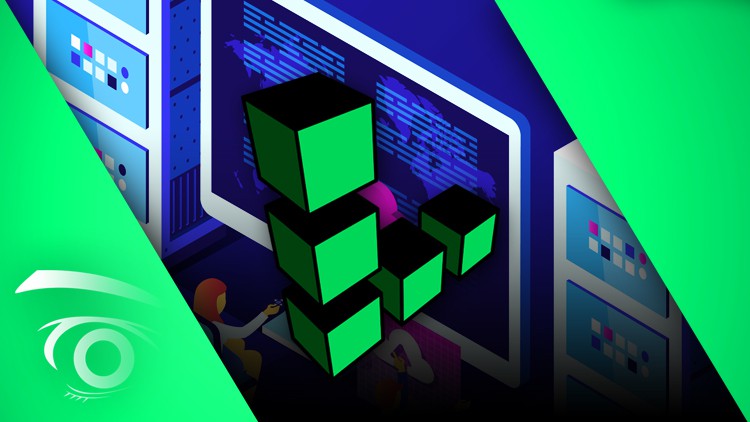
Cloud Computing | IaaS | Instance Deployment | Linux Foundations | Apache + DBMS | LAMP Stack | Scaling | PHP | Security
What you will learn
Understanding the fundamental concepts of cloud computing and the benefits it provides, such as scalability, flexibility, and cost savings.
Knowledge of different cloud service models such as IaaS, PaaS, and SaaS.
Ability to set up and deploy virtual servers on Linode cloud platform and configure web servers and databases.
Understanding of Linux operating system basics, including file systems, command-line tools, and user management.
Ability to install and configure the LAMP stack (Linux, Apache, MySQL, and PHP) on Linode server.
Knowledge of server security measures such as firewalls, SSH access, and SSL certificates.
Familiarity with server scaling techniques such as adding resources like CPU, RAM, and storage.
Knowledge of load balancing and auto-scaling concepts to ensure high availability and scalability of cloud-based applications.
Understanding of PHP programming language and its syntax, data types, and control structures.
Ability to write and execute PHP scripts.
Understanding of database management concepts such as creating tables, inserting data, and running queries using MySQL.
Ability to design and develop web applications that require user authentication and enable users to create and edit blog posts.
Knowledge of best practices for securing web servers and databases.
Experience in deploying, maintaining, and managing cloud-based applications.
Ability to create and restore server images and backups.
Description
This course is designed to provide students with a comprehensive understanding of cloud computing and server deployment using Linode. The course starts by introducing students to cloud computing foundations and service models. Students will gain an understanding of cloud computing technologies, including virtualization, containers, and microservices. They will also learn about the benefits of cloud computing, including scalability, flexibility, and cost savings.
Next, the course will delve into cloud server deployment on Linode. Students learn to set up a Linode account and deploy a virtual server in the cloud. Students gain practical experience by deploying Linux servers and configuring various services, such as web servers and databases. Students also learn about Linux foundations, including command-line tools, file systems, and user management.
After understanding the basics of cloud computing and server deployment, the course will introduce students to web server and database foundations. They will learn several web server technologies such as Apache and Nginx, and database technologies such as MySQL, MariaDB and MongoDB. Students also learn about LAMP stack, which includes Linux, Apache, MySQL/MariaDB, and PHP. Students gain practical experience by installing and configuring LAMP stack on their Linode server.
The course then covers the foundations of server security. Students learn to secure their Linode server by configuring firewalls, securing SSH access, and using SSL certificates. They also learn about best practices for securing web servers and databases.
Once students have gained a strong understanding of server deployment and security, the course covers server scaling. Here, students learn how to scale their Linode server by adding resources such as CPU, RAM, and storage. Students also learn about load balancing and auto-scaling, which are important concepts for ensuring high availability and scalability of cloud-based applications.
The course then dives into server images and backups. Students learn how to create and restore server images, which are useful for deploying pre-configured servers quickly. They will also learn about backup strategies and best practices for ensuring data reliability.
The next topic covered in the course is PHP foundations. Students learn about the PHP programming language, including syntax, data types, and control structures. They also gain practical experience by writing and executing PHP scripts.
Finally, the course will culminate with students building a members-only blog using PHP and MySQL. Students will apply the knowledge they have gained throughout the course by creating a web application that requires user authentication and allows users to create and edit blog posts. They will also learn about best practices for designing and developing web applications.
This course is designed to provide students with a comprehensive understanding of cloud computing, server deployment, and web application development. Students will gain practical experience by deploying virtual servers in the cloud, configuring web servers and databases, and building web applications using PHP and MySQL. By the end of the course, students will have the skills and knowledge necessary to deploy and maintain cloud-based applications with confidence.
Content